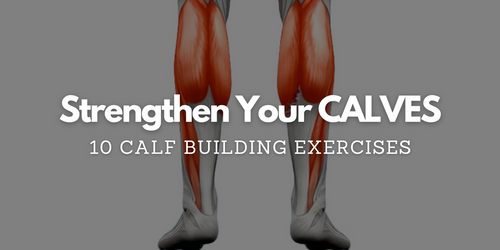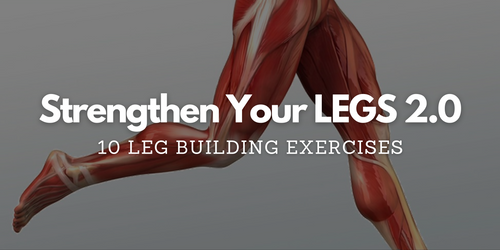The Science Behind Strength Training: How Muscles Grow and Adapt
Let’s delve into the fascinating world of strength training and explore the intricate mechanisms behind muscle growth and adaptation. Whether you're a seasoned gym-goer or just starting out on your fitness journey, understanding the science behind strength training can empower you to optimise your workouts and achieve your fitness goals more effectively.
The human body is a marvel of engineering, and nowhere is this more evident than in the way our muscles respond to the demands we place on them through exercise. In this blog, we'll take a closer look at the physiological processes that drive muscle growth, known as hypertrophy, and explore how the body adapts to the stresses imposed by strength training.
The Basics of Strength Training:
Before diving into the science behind muscle growth, let's briefly review the basics of strength training. Strength training, also known as resistance training or weightlifting, involves performing exercises that challenge your muscles to overcome resistance. This resistance can come from various sources, such as free weights, machines, resistance bands, or even your body weight.
When you engage in strength training, you create micro-tears in your muscle fibres, triggering a cascade of biological responses aimed at repairing and rebuilding the damaged tissue. Over time, this process leads to muscle growth and increased strength, provided that you provide your body with adequate rest and nutrition to support recovery.
The Science of Muscle Growth:
At the cellular level, muscle growth is driven by a process called muscle protein synthesis (MPS). MPS refers to the creation of new proteins within muscle cells, which is essential for repairing damaged tissue and building new muscle mass. Several factors influence MPS, including exercise intensity, volume, frequency, and nutritional status.
One of the key drivers of muscle growth is mechanical tension, which occurs when you subject your muscles to resistance during strength training. Mechanical tension stimulates the release of growth factors and signalling molecules that promote muscle repair and growth. Exercises that involve lifting heavy weights or performing high-intensity contractions are particularly effective at generating mechanical tension and stimulating muscle hypertrophy.
Another important factor in muscle growth is metabolic stress, which refers to the buildup of metabolites such as lactate and hydrogen ions during intense exercise. Metabolic stress is thought to contribute to muscle growth by activating cellular pathways involved in protein synthesis and muscle cell proliferation. Exercises that involve high repetitions, short rest periods, and continuous tension on the muscles are known to induce metabolic stress and promote hypertrophy.
Finally, muscle damage, or the micro-tears that occur in muscle fibres during exercise, also plays a role in muscle growth. While excessive muscle damage can impede recovery and hinder progress, moderate levels of damage are necessary to stimulate the repair and remodelling processes that lead to muscle hypertrophy. Eccentric contractions, which involve lengthening the muscle under tension, are particularly effective at causing muscle damage and stimulating growth.
Adaptations to Strength Training:
As you continue to engage in regular strength training, your body undergoes a series of adaptations to become more efficient at handling the demands placed on it. These adaptations include increases in muscle size, strength, and endurance, as well as improvements in neuromuscular coordination and motor control.
One of the most notable adaptations to strength training is an increase in muscle cross-sectional area, or the thickness of individual muscle fibres. This increase in muscle size is primarily driven by hypertrophy, as muscle fibres undergo structural changes to accommodate the increased mechanical loads imposed on them during exercise.
In addition to muscle growth, strength training also leads to improvements in neuromuscular efficiency, which refers to the ability of the nervous system to recruit and activate muscle fibers during contraction. Over time, your body becomes more adept at coordinating muscle contractions and generating force, allowing you to lift heavier weights and perform more challenging exercises.
Furthermore, strength training can enhance the integrity of connective tissues such as tendons and ligaments, reducing the risk of injury and improving overall joint health. By subjecting these tissues to controlled stress through resistance training, you stimulate the synthesis of collagen and other structural proteins, leading to greater resilience and durability.
Overall, the science behind strength training reveals a complex interplay of physiological processes that drive muscle growth and adaptation. By understanding the mechanisms involved, you can tailor your workouts to maximise muscle hypertrophy and optimise your strength gains.










































Leave a comment